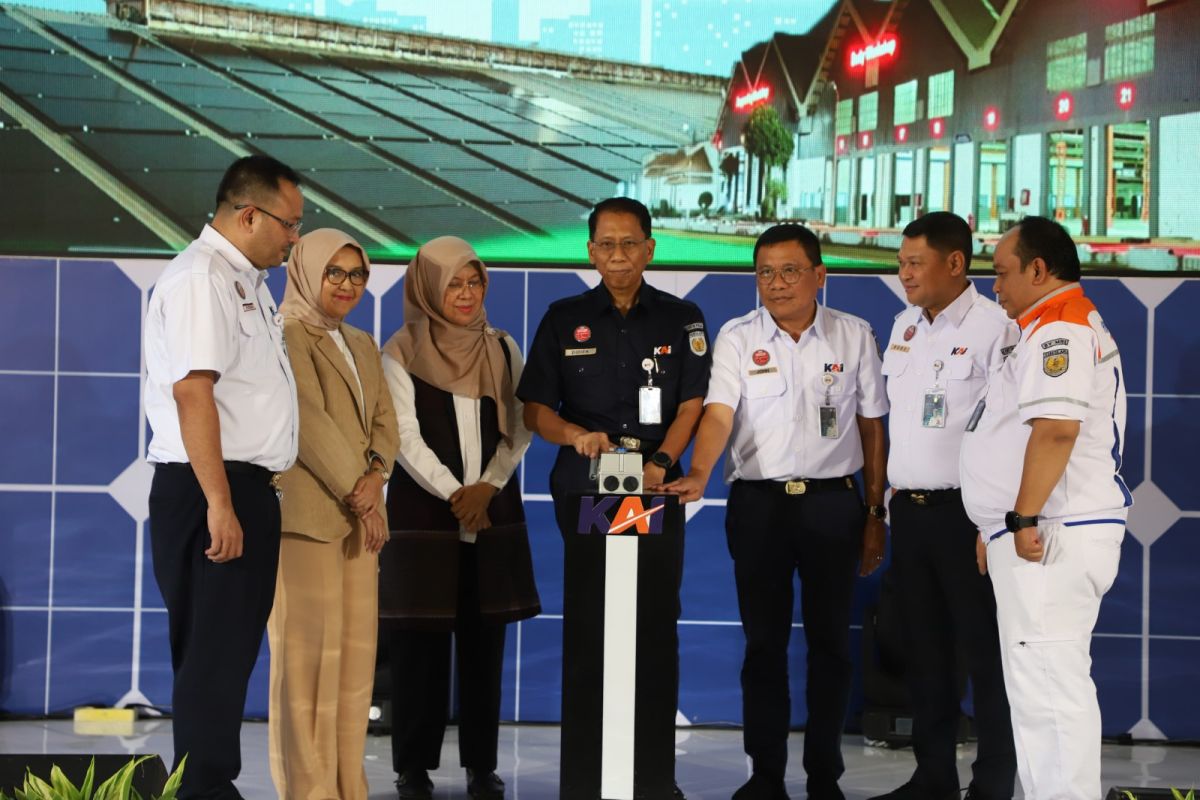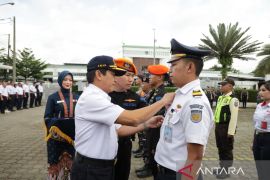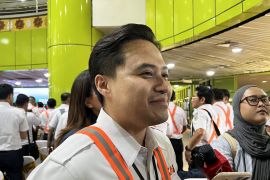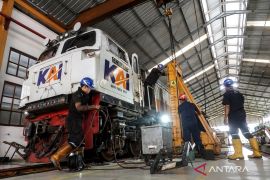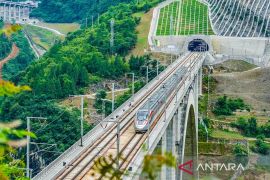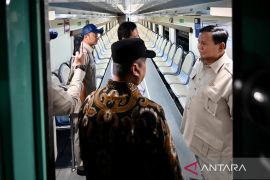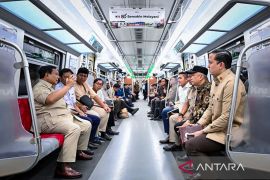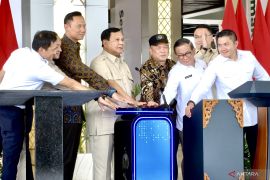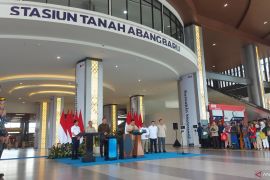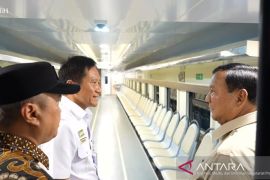"The implementation of solar panels within KAI's facilities is part of KAI's commitment to participate in greening Indonesia through environmental, social, and governance (ESG) by using new and renewable energy," KAI President Director Didiek Hartantyo stated here on Thursday.
Hartantyo affirmed that the utilization of solar power panels is in line with the government's policy to reduce greenhouse gases as an effort towards achieving the carbon-neutral target in 2060.
In 2023, KAI has implemented the utilization of solar panels in 40 stations, with a total capacity of 1,072.5 kWp, which contributed 49.63 percent to the building's electricity needs.
Meanwhile, the solar panels fulfill 39 percent of the two railway workshops' electricity needs, with a capacity of 594.6 kWp.
The 40 stations that have solar panels comprise Pasar Senen, Tanjung Priok, Depok, Citayam, Jakarta Kota, Duri, Serpong, Parung Panjang, Cikini, Bogor, Gondangdia, Juanda, Mangga Besar, Sawah Besar, Cirebon, Cirebon Prujakan, Brebes, Purwokerto, Kutoarjo, and Kroya stations.
Moreover, solar panels are installed at Cilacap, Yogyakarta, Ketapang, Probolinggo, Jember, Rangkasbitung, Tangerang, Univ. Indonesia, Cawang, Semarang Tawang, Semarang Poncol, Tegal, Pekalongan, Solo Balapan, Madiun, Surabaya Pasarturi, Surabaya Gubeng, Malang, Bojonegoro, and Wonokromo stations.
Meanwhile, rail workshops that have solar panels are the Balai Yasa Manggarai in South Jakarta and the Balai Yasa Yogyakarta.
Currently, the installation of solar power panels at Balai Yasa Yogyakarta has reached phase I, or currently has a capacity of 33 kWp, while the next stage of installation will be completed in March 2024.
The total capacity of solar panels in the 40 stations is 1,072.5 kWp. This capacity varies at each station, with the largest being at Pasar Senen Station, with 88.0 kWp, while the smallest is at Probolinggo Station, with 6.0 kWp.
Related news: Ministry installs solar panels for Cianjur refugees
Related news: East Java installs solar panels at 25 pesantrens
Related news: AP II pursues EBT-supported carbon emission reduction in aviation
Translator: Farhan N, Kenzu
Editor: Azis Kurmala
Copyright © ANTARA 2023
